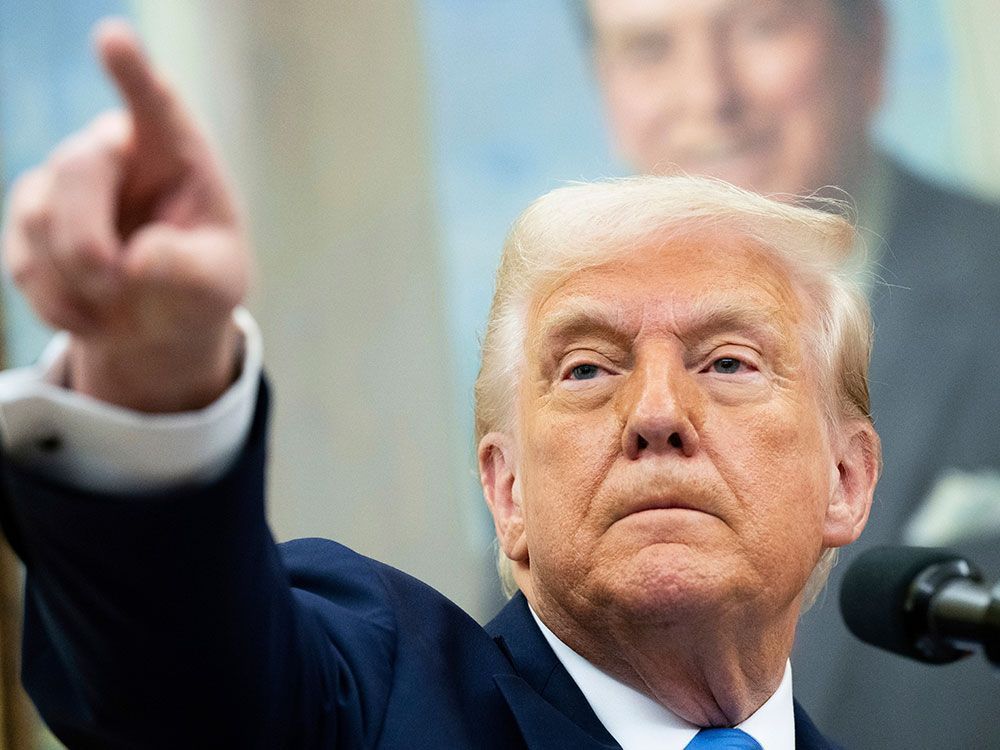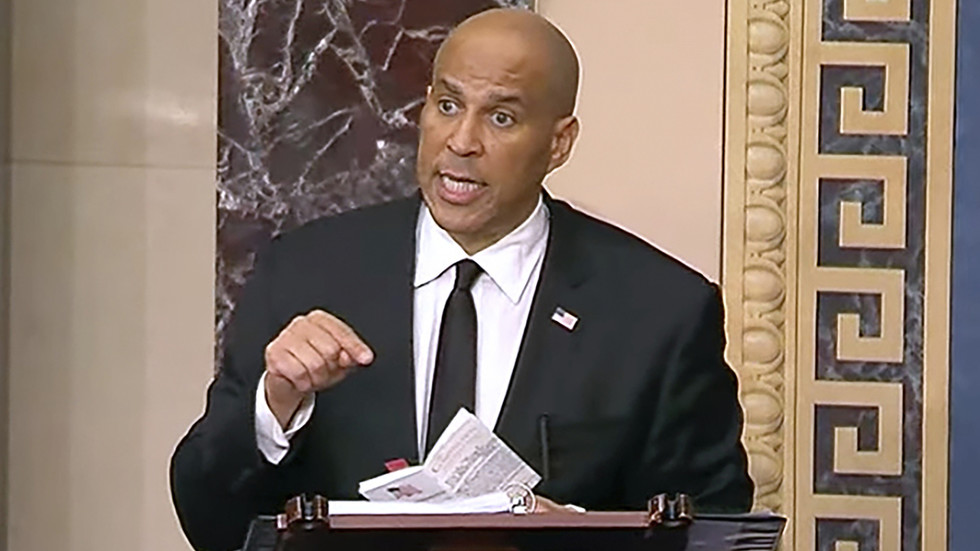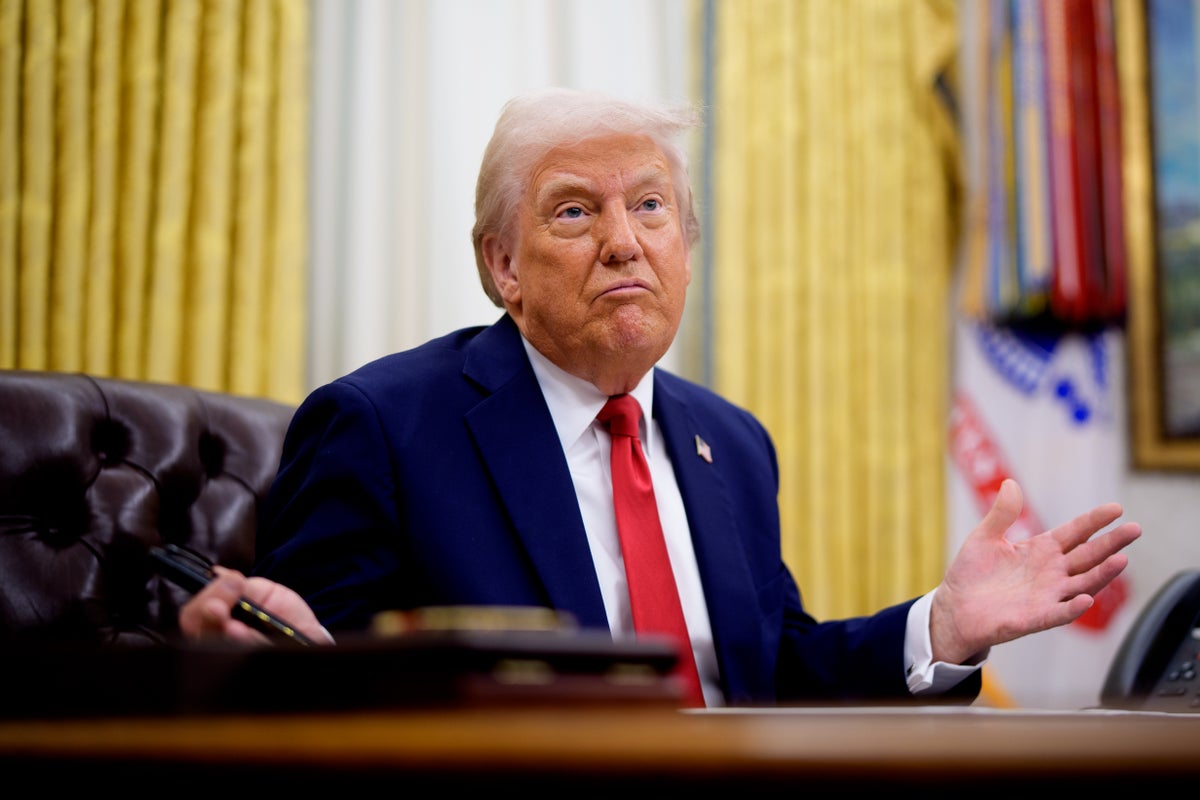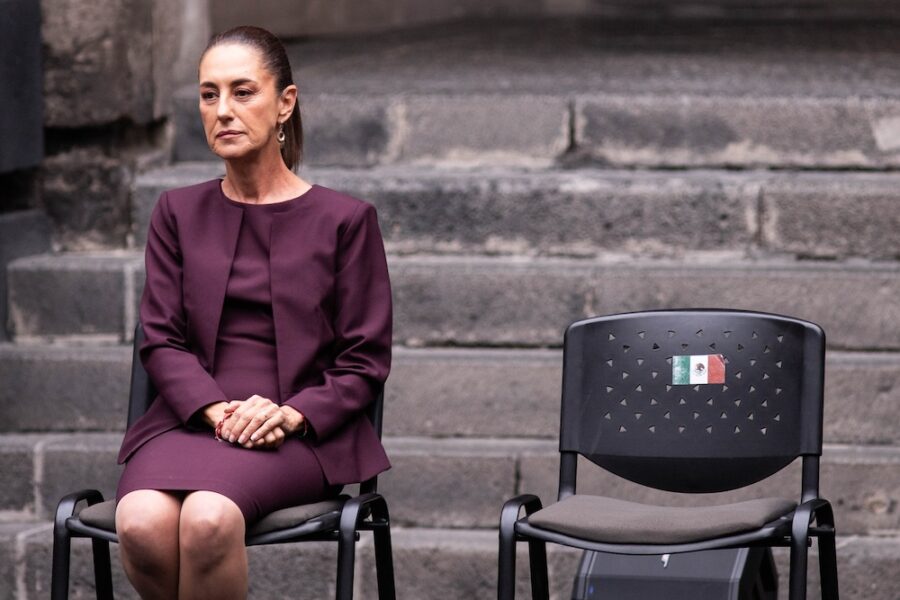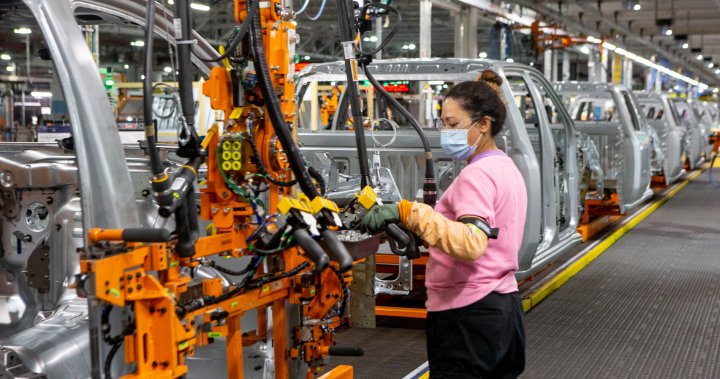The âDirty 15â countries braced for harder hit from Trumpâs tariffs
Trump is set to unleash his largest batch of trade tariffs on so-called â??Liberation Dayâ?? this Wednesday

Sign up for the daily Inside Washington email for exclusive US coverage and analysis sent to your inbox
Get our free Inside Washington email
Get our free Inside Washington email
I would like to be emailed about offers, events and updates from The Independent. Read our privacy policy
As the world economy braces for Donald Trumpâs unveiling of a swathe of tariffs, some country leaders will be fearing the worst after Washington singled out a âdirty 15â list of nations.
Although not naming the countries, treasury secretary Scott Bessent said the group of nations traded heavily with the U.S. and had high tariffs on U.S. goods, plus held non-tariff barriers such as domestic-content production rules.
Coining the term âdirty 15â, Bessent was referring to 15 per cent of countries that account for the bulk of U.S. trading volume - a list of nations economists expect could be hit by Trumpâs tariffs..
In an interview with Fox News last month, Bessent said: âWhatâs going to happen on April 2: Each country will receive a number that we believe that represents their tariffs. For some countries it could be quite low. For some countries it could be quite high.â
He added: âThereâs what we would call kind of the âdirty 15,â and they have substantial tariffs.â
Also last month, the director of the National Economic Council, Kevin Hassett, said 10 to 15 countries that account for Americaâs âentire trillion-dollar trade deficitâ were being looked at under the tariff initiative, according to NBC News.
Treasury secretary Scott Bessent has singled out what he called the âDirty 15â â the 15 per cent of countries that trade heavily with the U.S. and have high tariffs ( REUTERS)
While Hassett also did not name the countries, the Office of the U.S. Trade Representative has listed 21 countries in which it is âparticularly interestedâ as part of a review of unfair trade practises.
Those countries include âeconomies that have the largest trade deficits in goods with the United Statesâ, the office said, meaning Washington imports more from the country than it exports, resulting in a negative balance of trade.
The countries named were Argentina, Australia, Brazil, Canada, China, the European Union, India, Indonesia, Japan, Korea, Malaysia, Mexico, Russia, Saudi Arabia, South Africa, Switzerland, Taiwan, Thailand, Turkey, the United Kingdom and Vietnam.
But it still remains unclear which countries will face tariffs and what form they will take, ahead of the so-called âLiberation Dayâ on Wednesday.
Adding to the uncertainty, Trump on Sunday denied that it may only be around a dozen countries who will face reciprocal tariffs.
Speaking to reporters on Air Force One, the U.S. president said he would âstart with all countriesâ and said there is ânot a cut offâ - and argued that almost all countries trading with the U.S. were taking advantage of Washington.
President Donald Trump has dubbed April 2 as âLiberation Dayâ, when tariffs will be announced (Copyright 2025 The Associated Press. All rights reserved.)
But many economists say having a goods trading deficit is not necessarily a bad thing, rather it means that in-demand goods can be sourced cheaply abroad.
Early reports suggest the Trump administration could implement up to 25 per cent tariffs on the U.S.â largest trading partners.
Trump has already imposed 25 per cent tariffs on Canada and Mexico, though they have been paused twice, a 10 per cent tariff on China, a 25 per cent tariff on foreign-made automobiles and a 25 per cent tariff on aluminium and steel.
UK-based Aston Business School estimate Trumpâs tariffs could cost the global economy $1.4tn.










:max_bytes(150000):strip_icc()/040225-jason-travis-kelce-soc-fa2080c620a6470f9213e0b2ed3d7be4.jpg)
